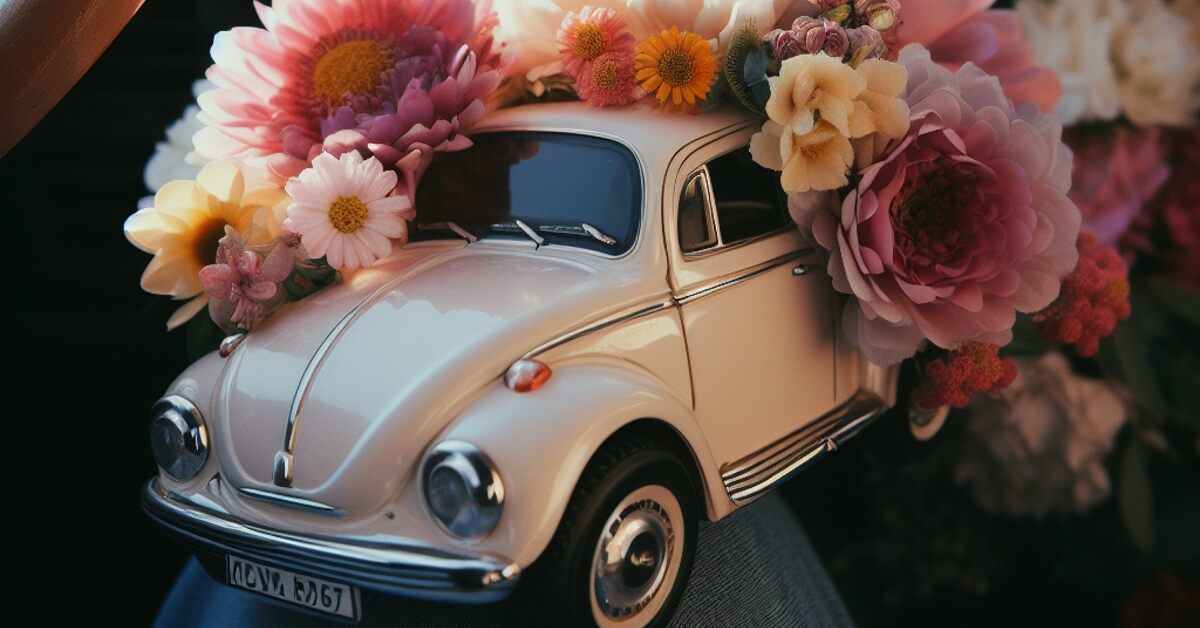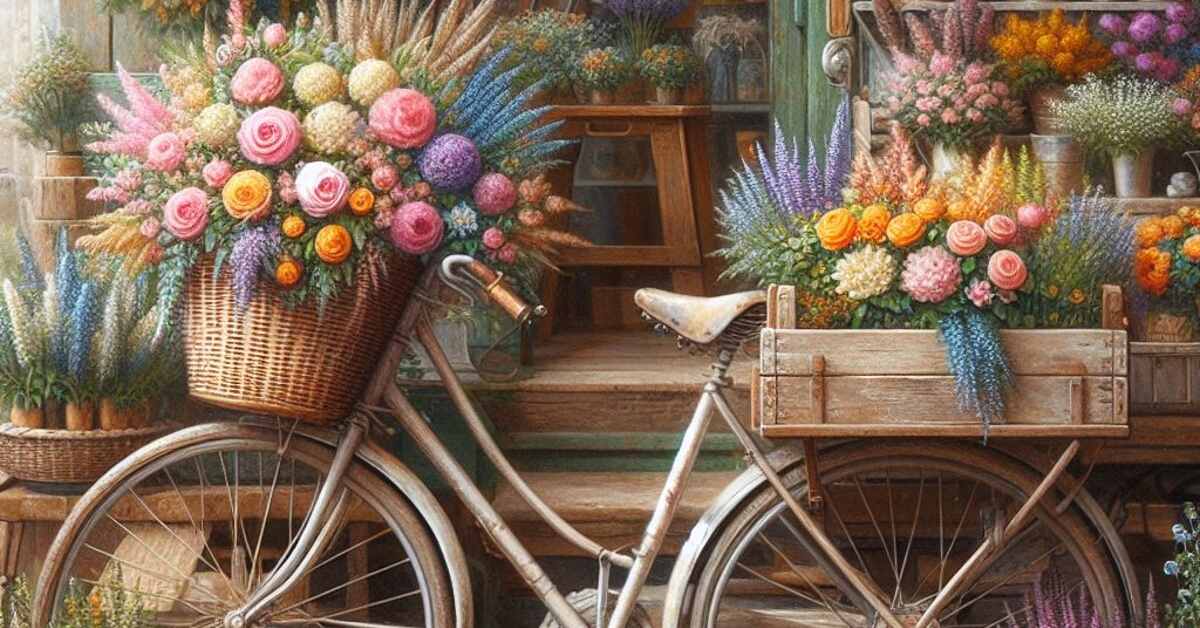It takes accuracy, imagination and a profound appreciation of nature’s beauty to create elaborate and magnificent flower arrangements.
The safe transportation of your creations is of the utmost significance, whether you’re a professional florist preparing for a high-profile event or an individual making flower centerpieces for a special occasion. Here are some top tips for safely transporting your flowers.
Secure Packaging
Whether you have a dedicated transport van or you’ve chosen to rent a Mercedes in Abu Dhabi or elsewhere in the world to move your flowers, your arrangement will only survive with adequate packaging.
Make sure that your flower arrangements are securely packed before starting your shipping route. To support the weight and structure of the arrangements, use containers that are strong and not too big. If necessary, strengthen the containers by doubling them up to avoid shifting or damage.
Choose packing materials that offer stability and protection. Choose cardboard boxes that can withstand impacts by having reinforced corners. Foam or bubble wrap can be used to line the boxes to produce a soft cushioning layer. To reduce movement and potential damage, make sure the arrangements are packed tightly.
Protect Delicate Blooms
To avoid bruising, withering, or damage while being transported, delicate flowers and leaves require additional protection. Carefully protect individual flowers from potential impacts by wrapping them in tissue paper, soft cloth, shredded paper or bubble wrap.
You can always wrap the arrangement in bubble wrap or shredded paper for added protection if you’re concerned that it could get damaged in transit. For an additional degree of security for especially fragile flowers, build a protective dome out of clear plastic.
Stabilize Arrangements
To avoid any accidents, the arrangements within the transportation vehicle must be securely fastened. Use straps, gripping materials or non-slip carpets to firmly anchor the containers.
Use separators or boxes to keep space between arrangements if you’re transporting multiple arrangements. This will help preserve the integrity of each piece.
Monitor Temperature Conditions
Because flowers are sensitive to temperature fluctuations, it’s important to keep the right atmosphere throughout transportation. You’ll need to protect your arrangements from harsh sunlight and temperature changes.
To guarantee that your floral creations stay colorful and healthy, use a transportation vehicle with climate control elements.
Handle With Care
Be extremely cautious and maintain a fluid driving style, making slow turns and stops. When traveling over bumps or uneven terrain, pay extra attention. Your arrangements are less likely to sustain harm with a regulated, gentle ride.
Select the Appropriate Vase or Container
Choosing the appropriate vase or flower transportation box is crucial when transferring floral arrangements. When selecting a vase or container, consider the following factors:
The Sort of Blooms
The kind of vase or container you select should depend on the sort of flowers you’ve chosen for the arrangement. Roses, for instance, require a deep vase in order to adequately hold the stems.
Conversely, hyacinths appear at their finest when placed in a shallow vase. Lilies, on the other hand, ought to always be arranged in a tall, thin vase. Additionally, tulips require an open, broad container in order to fully blossom.
The Size of the Arrangement
Nobody wants their lovely arrangement to wind up in a tangled mess from being jammed into a small vase or container. This doesn’t appear deliberate, planned, or thoughtful.
However, you also don’t want an arrangement that is too little for its container. The perfect vase or container should have enough space within to hold the arrangement and a little bit more so that the stems may wriggle freely.
Hydration
It’s crucial to keep custom flower arrangements moist both before and after transportation. Conditioning the flowers is a good place to start. This may be achieved by placing them in a fresh bucket filled with cold water and the appropriate quantity of flower food.
The flowers need to be watered once more after being conditioned. You may accomplish this by submerging them in a pail of water or sprinkling them with a water bottle.
When the flowers are completely hydrated, put them in a vase or other transportable container. To keep the flowers hydrated and fresh throughout the trip, use floral foam or water tubes.
When being transported, keep the flowers out of direct sunlight and away from heat sources to prevent dehydration and wilting.

